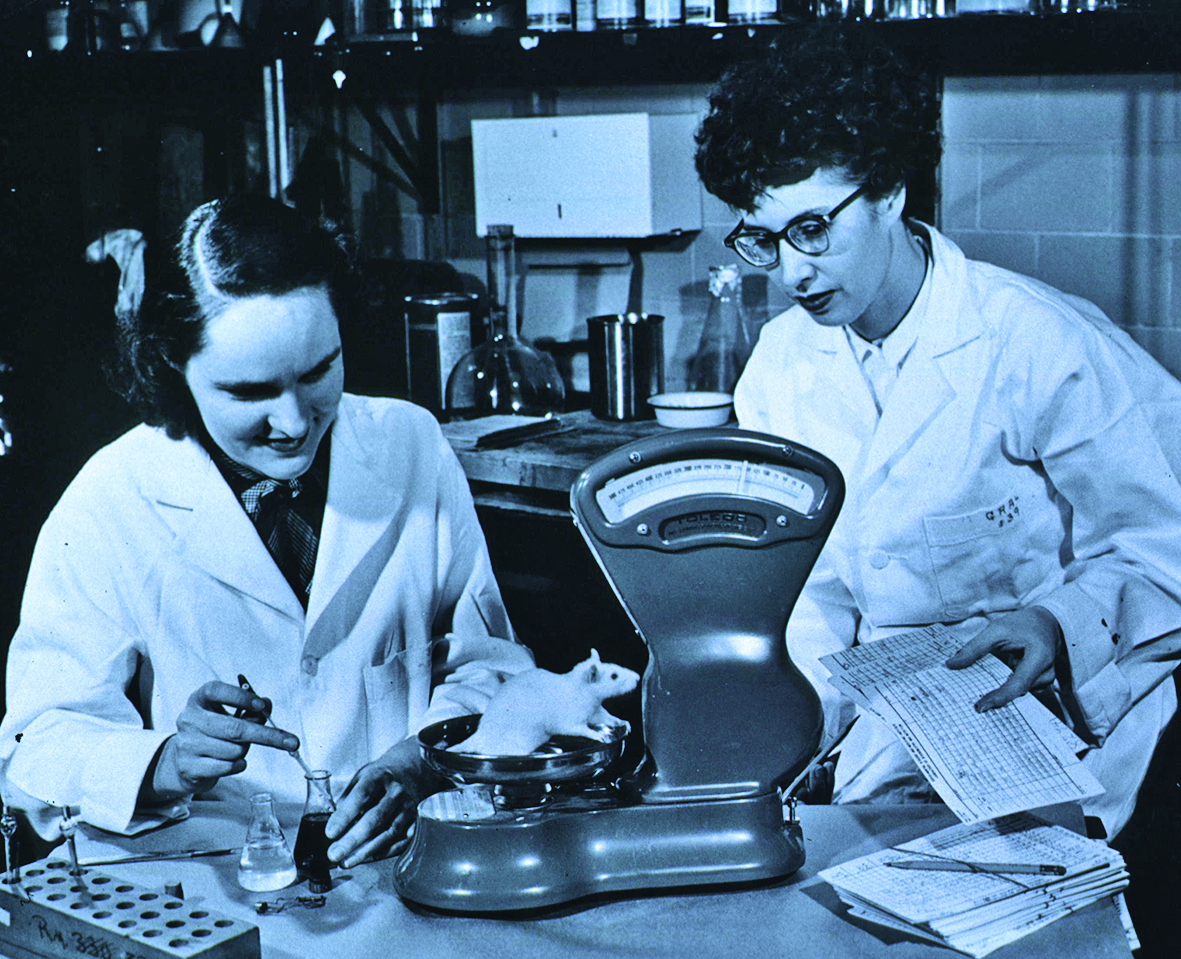As I write this, my home city of Melbourne has been in and out of lockdown for five months; if things don’t improve substantially, it’ll be seven by the time this is published. I began my self-imposed confinement with a wanton acceptance of the mandate to enact physical distancing, comforted by the knowledge that I could compensate for my lack of interpersonal contact with our contact method du jour: social media. Until now, I have found myself relying on Twitter for ‘the discourse’; on Instagram for a sense of being ‘part’ of more social things; on Facebook, which I’ve all but emigrated from except for its offshoot app Messenger, for real-time typed and video chats. (I’ve also finally waded into TikTok and … oh boy.)
I haven’t been alone in this – GlobalWebIndex has found that, during the pandemic, 23 per cent of internet users aged 16–64 have spent considerably more time on social media. In Australia specifically, that figure is comparable: AdNews reports that 33 per cent of respondents have upped their feed-scrolling. There’s no doubt that being stuck at home has lent itself to endless refreshed feeds, ‘look at me’s and retweets. And, pandemic aside, social media’s expanded role in everyday life becomes even clearer with the fact that, as of July 2020, its total global user count has reached 3.96 billion – that’s over half of the world’s population, or almost two-thirds of what We Are Social calls the ‘eligible’ population (i.e. those aged thirteen and over, who are legally allowed to be on such platforms). Things have certainly changed since the days of pioneer sites Friendster and MySpace in the early 2000s.
By now, the mechanisms behind social media’s allure are well established. Notwithstanding the actual content of posts (whether they be memes or meaningful milestones), research has established that usage is heavily premised on a ‘reward’ system linked to the neurotransmitter dopamine, which is responsible for, among other things, motivation; when a post is liked, shared or responded to, we get a rush of the chemical. After several experiences of such gratification, we start seeking out the chemical ‘hit’, in a type of reinforcement-driven behaviour reminiscent of that discovered by psychologist BF Skinner in his 1930s experiments on ‘operant conditioning’. It’s this latter revelation that’s arguably given rise to the notion of social-media addiction (a diagnosis that remains scientifically contested): even in the absence of a guaranteed ‘reward’, we hold out for it online – and respond detrimentally when it’s withheld from us.
Such adverse reactions can manifest acutely in users’ mental health. In 2017, Instagram was named the number-one offender in this arena, with strong links to increased depression and anxiety; this was acknowledged by the company two years later when it rolled out the removal of publicly visible like and view counts, which users had been misidentifying as metrics for self-worth. ‘The idea is to depressurize Instagram,’ CEO Adam Mosseri explained at the time, ‘[and] make it less of a competition.’
In a disempowering, isolating time like what we’re currently living through, the desire for the ‘rewards’ promised by social media is understandable. Feeling ‘seen’ or as though people value what we have to say is a potent source of validation. In turn, the exchanging of humorous videos and memes is, as psychologist Bart Andrews told CNET in March, ‘a coping strategy’ responding to a ‘sense of helplessness in inaction’. But social media has its risks as well: an April 2020 study from China uncovered strong correlations between frequent social-media use during COVID-19 outbreaks and subsequent mental-health issues.
On top of this, today, social media doesn’t just offer a means by which to gain a sense of having ‘socialised’; it’s also grown into a significant conduit for information gathering. According to Forbes, as of 2018, 64.5 per cent of all internet users receive breaking news through social media (the figure has likely increased since). A 2020 report by the Reuters Institute and the University of Oxford determined that around a third of people worldwide now rely on social media as their main source of local news. A 2018 University of Technology Sydney study found that more than half of Australians obtained news via social media on a weekly basis. Yet, all the while, as outlined by Statista earlier this year, social media remains the least trusted source of news globally – an apprehension compounded by the existence of fake news, conspiracy theories, unqualified opinion and deliberate misinformation.
What we’re seeing, then, is a double-edged affinity for social media: on the one hand, it’s a handy instrument for affirmation, connection and information; on the other, it’s dangerously habit-forming, inconsistent and unreliable. (This hasn’t even accounted for the profit motive, with social media embodying a low-expense, high-return vehicle through which companies can obtain and monetise users’ private information as well as gain vital insights into consumption, locational and ethical behaviour, all under the guise of a ‘free’ service – but that’s outside my scope here.) In the COVID-19 era, this simultaneous drawcard and deterrent is only magnified as we clamour to know what’s happening around us, both in our immediate circles and around the planet. Engulfed in immense precariousness, paralysing worry and/or dizzying solitude, it’s easy to extract some modicum of solace or certainty from the feed.
When it comes down to it, social media is a digital technology that seeks to approximate presence. Its various platforms are – if you’ll oblige my momentary reversion to Baudrillardian academese – simulacra that substitute reality with simulations, or else provide ‘more’ reality than non-mediated reality itself: they’re examples of hyperreality. It bears emphasising that the posts we end up seeing are curated; some are heavily edited (through countless rewordings, or through image effects and photoshopping), and the most spontaneous-looking selfie was likely picked from a pool of at least fifteen others. At users’ disposal, too, are functionalities to delete, hide, archive, mute, block, repost or private-message.
All of this is easy to forget, of course, when the urge to offset public-health-driven absence is great. And, lest I be criticised for veering closely to what new-media scholar Richard Grusin has termed the ‘technological fallacy’, let me add the caveat that I’m not indicting the technology itself for causing the adverse impacts we’re witnessing. Social media is a tool, and it’s up to its human users to decide whether to employ it for wellbeing or wild spiralling. So, in our current context, it might be worth heeding the advice of mental-health organisations BeyondBlue and the Black Dog Institute that we limit our scrolling and liking. Right now, the line between #FOMO and freak-out is pretty thin, so we’d best log on with care.





